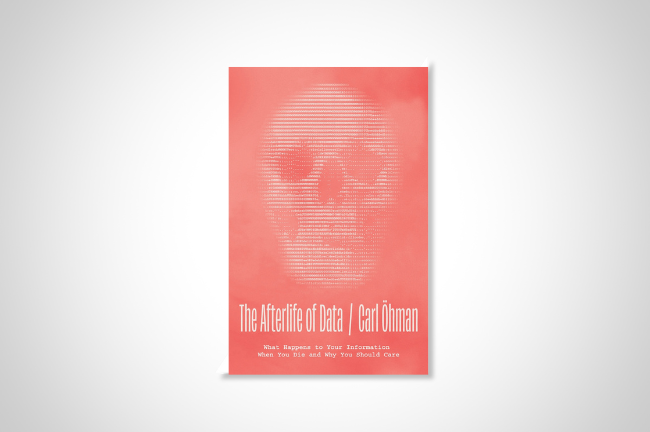You have /5 articles left.
Sign up for a free account or log in.

University of Chicago Press
Neologisms are like tech startups: Many are launched, few keep moving. Consider “onlife,” a term coined by the philosopher Luciano Floridi in the early 2010s. The word sounds like it might be a contraction of “online life,” although that sort of thing is usually the product of common usage and does not require the involvement of a philosopher.
Rather, Floridi—the founding director of the Digital Ethics Center at Yale University—proposed it as a name for “the new experience of a hyperconnected reality within which it is no longer sensible to ask whether one may be online or offline.” He issued a manifesto on the concept’s behalf in early 2013. A conference was held to unpack its implications that same year, followed by a collection of papers in 2015.
The term had rather limited traction. A search of JSTOR returns fewer than 100 references, mostly in passing, while Google News yields just a couple of hits, not counting several company or product names of no relevance. And at the moment, spellcheck is trying its best to keep me from using “onlife” at all.
But its near disappearance may attest to the validity of Floridi’s insight. Today it would be nearly impossible, and not especially useful, to break down commerce, communication, education or personal relationships into their on- and offline components. “Onlife” has become, for all practical purposes, a clumsy and unnecessary synonym for ordinary experience—especially since the turn of this decade, when social space and digital communication merged for an agonizingly long time to a degree that became normal.
Yet “onlife” may still have its uses. It certainly proves an essential concept for Carl Öhman in The Afterlife of Data: What Happens to Your Information When You Die and Why You Should Care (University of Chicago Press). The author is an assistant professor of political science at Uppsala University, in Sweden, though the present work belongs to the interdisciplinary field of information and communications technology (ICT).
Everyone online generates enormous quantities of personal information and tracking data, much of which is stored and will continue to exist after the person creating it has died. “The corpus of information left behind upon death,” Öhman writes, “is not just etymologically, but also conceptually analogous to the corpse.” As the population of users grows, so does the number of “information bodies” left by the deceased.
At one level, this presents just another set of technological issues—one more challenge in storing and retrieving the unimaginably huge flux of data produced as our off- and online worlds merge. The author notes that in 2023, “humanity is estimated to have produced data at a pace of 120 zettabytes (120 × 270 bytes, i.e., 120 followed by twenty-one zeros) per day.” But the very possibility of storing and retrieving “digital remains” (to use the author’s preferred expression) poses complex and interconnected questions about data ownership, expectations about privacy and the duties one generation may owe another.
Innumerable traditions and rituals define the proper treatment of physical remains. Nothing comparable exists for their digital equivalent. What concerns Öhman most about that omission is his sense that the established practices around physical remains serve to express, and to transmit, a sense of the dignity and individual personality of the deceased. Someone’s digital remains are a record of their life—for at least a generation now, an almost complete record—but we have no common understanding of who should control access to them, or what counts as morally appropriate “use” of the remains (by historians or psychologists, in commercial data mining, etc.)
Complicating the situation still more is the potential (already realized in part) to convert digital remains into functioning replicas of the deceased. An example recently in the news is the performance artist Laurie Anderson’s continuing collaboration with her late husband Lou Reed, via a chatbot that uses machine learning to extract a kind of doppelgänger from a large pool of the songwriter’s lyrics, interviews and writings.
The Guardian quotes her as saying, “I mean, I really do not think I’m talking to my dead husband and writing songs with him—I really don’t. But people have styles, and they can be replicated.” So can their voices now, with ever increasing accuracy. The chatbot could probably be upgraded to deliver its messages in an exact duplicate of Reed’s gravel tones.
Likely Anderson is aware of the possibility and has chosen not to pursue the option. But it serves to illustrate Öhman’s point that digital remains are not just a byproduct of digital technology but raw material for it as well. To Floridi’s point about the absolute entanglement of off- and online experience, Öhman adds his awareness of other complications now coming into view: new transactions between the living and the dead.
“What is at stake,” he writes, “is our very relationship to our collective past and its inhabitants and, ultimately, to ourselves as a species.” Onlife continues, and the dead inhabit it.




